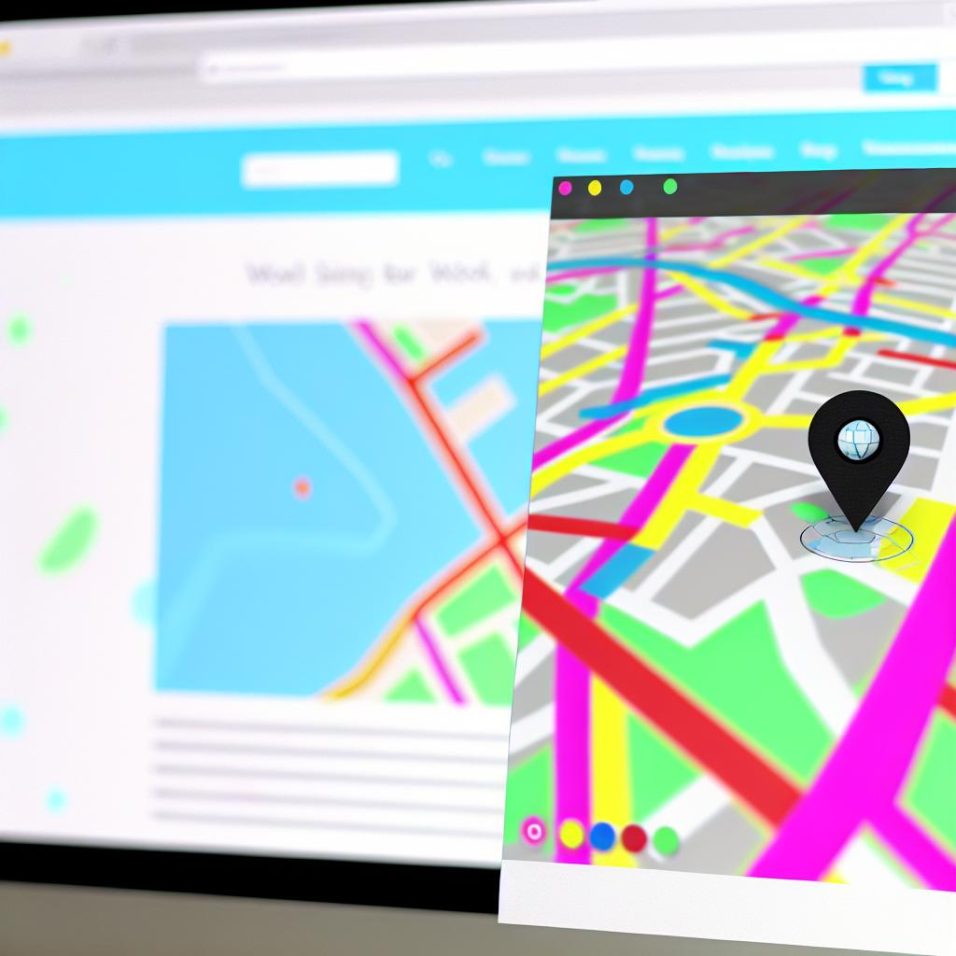Enhancing User Engagement with Interactive Maps
In today’s digital landscape, interactivity is key to enhancing user engagement on websites. Integrating Google Maps into your WordPress site not only adds visual appeal but also provides functional value. Users appreciate easily accessible directions and location-based information, encouraging longer site visits and promoting engagement.
The Value of Interactivity in Web Design
Interactive maps act as dynamic elements on a webpage, allowing users to engage directly with the content. By embedding these maps, you offer a hands-on experience where visitors can explore regions, access additional information about locations, and use navigation features directly from your site. This utility not only enriches the user’s visit but also aligns your site with contemporary design expectations.
Customization Potential of Google Maps
While embedding a basic map is relatively straightforward, Google Maps allows for a variety of customizations to reflect your brand’s identity or meet specific user needs. By altering map styles, markers, and colors, these elements can harmonize with your site’s existing aesthetic, creating a seamless user experience. Maps can serve specific purposes, from showcasing business locations to highlighting event venues or tourist attractions.
Maximizing Mobile Compatibility
Given the increased prevalence of mobile browsing, ensuring that your Google Map is mobile-friendly is crucial. A responsive design ensures that maps render correctly across various devices without compromising on usability. Setting the map width to 100% ensures it adapts to varying screen sizes, while maintaining an adequate height for functionality helps maintain a professional appearance.
Advanced Tips for Integrating Google Maps
Beyond basic embedding, several advanced techniques can optimize the integration and functionality of Google Maps on your site:
Leveraging the Google Maps JavaScript API
For those comfortable with coding, utilizing the Google Maps JavaScript API opens a realm of customization possibilities. This API allows developers to create personalized map features, manipulate map data, and implement specialized functionality, such as search filters or custom map overlays, enhancing the overall utility of maps on your site.
Monitoring and Updating Map Content
Regular monitoring of embedded maps ensures data accuracy and relevance, essential for maintaining user trust. Periodic updates, such as adding new locations or updating contact information, keep your map content fresh and helpful. Vigilantly checking these elements supports user satisfaction and promotes return visits.
Bots and Crawlers: SEO Considerations
The use of interactive maps, while beneficial for user experience, can also influence your website’s SEO. Bots and crawlers from search engines can interpret embedded maps, which may contribute to better indexing of local search terms or directions-related queries. Ensure that your site includes descriptive location data in text form to aid SEO efforts.
By thoughtfully incorporating Google Maps, you not only enhance usability but also strengthen your site’s performance, user interaction, and SEO potential. This strategic approach ensures you leverage all available site resources effectively while prioritizing ease of use and accessibility for your audience.

